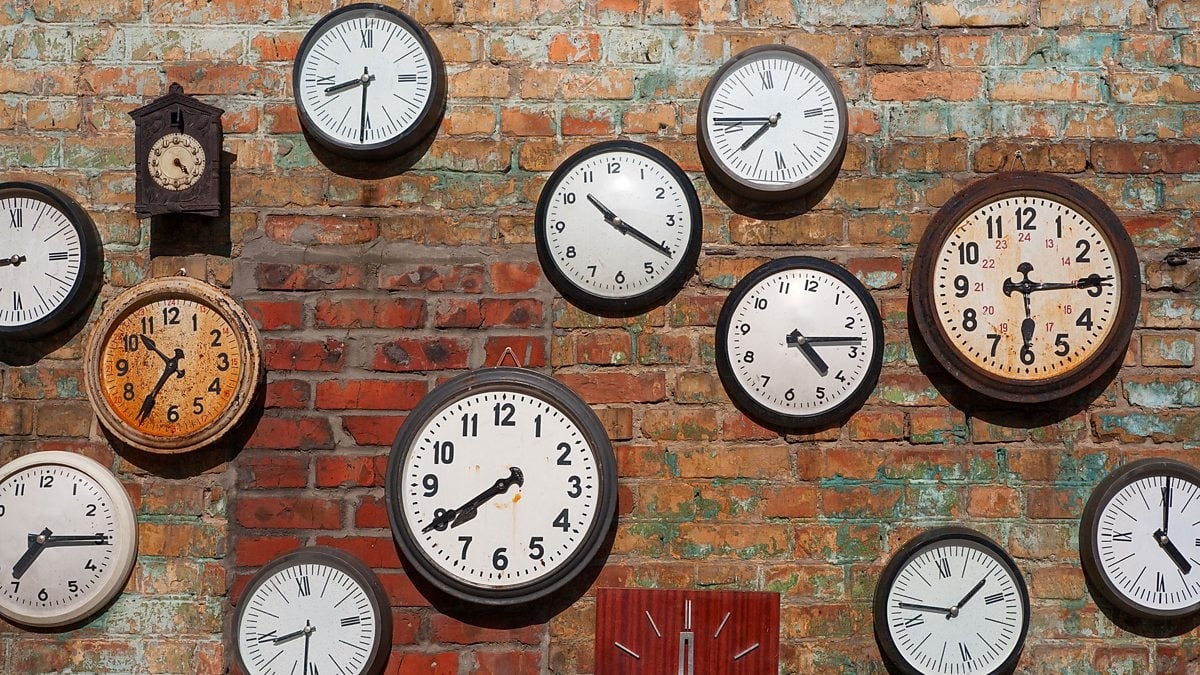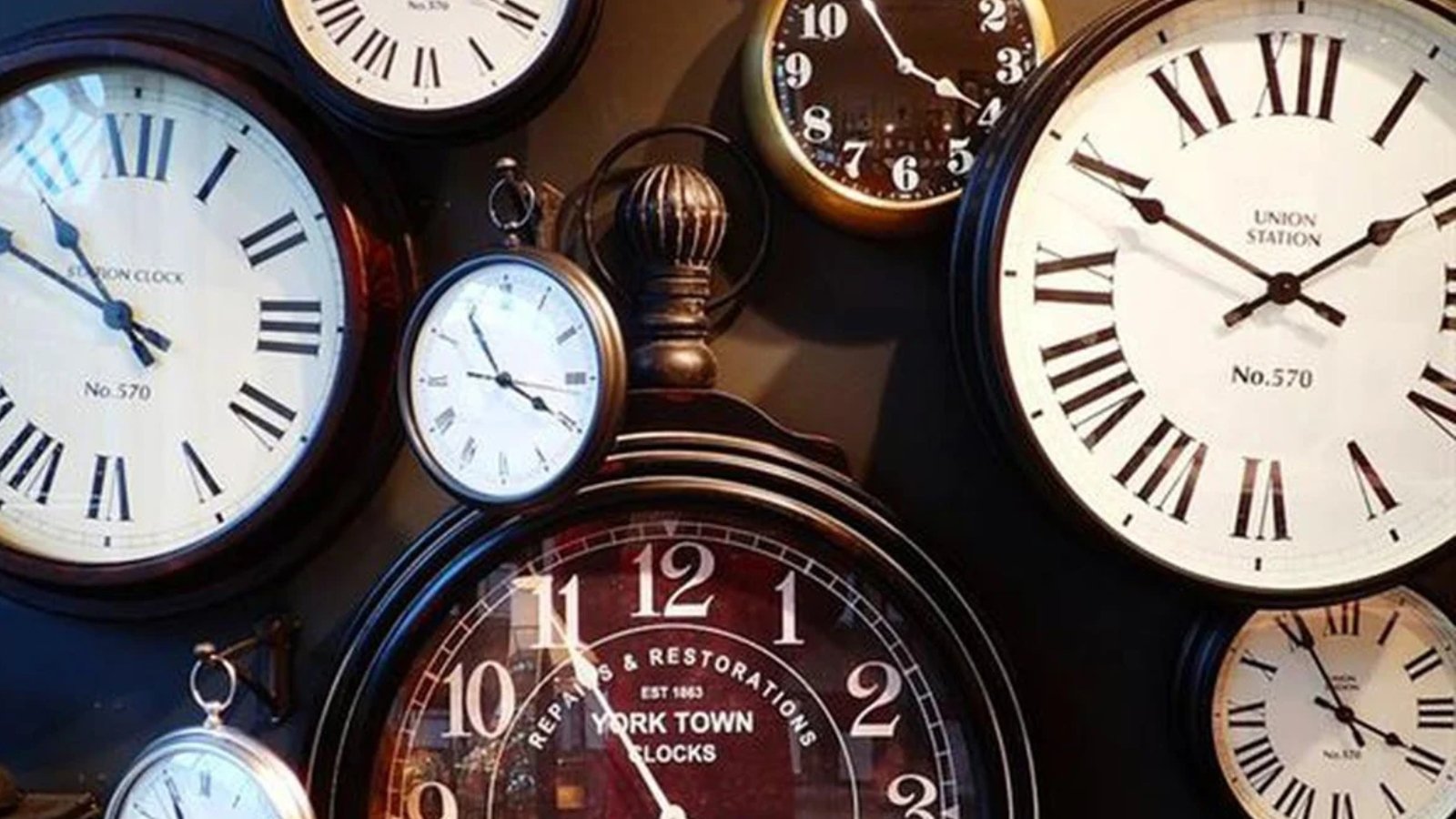Clocks, Their History, and How They Work
Clocks may be one of the oldest devices that our ancestors devised in Babylon, the birthplace of civilization. They gave us ways to track time, set schedules, set our appointments, and control the flow of our daily routine.
Clocks were able to shape the appearance of the modern civilization that we live in today. In this article, we will learn about the history of clocks, how they work, and who invented them. So stay tuned.
The History of Clocks
Historical records of the first man-made clocks date back to 3500 B.C., when ancient Egyptian builders began constructing tall, massive obelisks near their temples and royal residences. These tall stone structures fulfilled their duty by casting their shadows on delicately carved spirals placed roundly on the ground, with an obelisk at their center, so that passers-by could see the location of the shadow and tell the time when they passed by these obelisks.
Although the Babylonians were the first to invent the sundial to determine the time, the Egyptians took this invention and developed it and improved its use and accuracy over a period of more than 3000 years, during which they discovered the winter solstice and the summer solstice and separated the day into hours and many more.
The greatest sundial was invented in ancient Greece, the most complex water clock was made by the famous Chinese inventor Su Song in the eleventh century BC, and the creation of the first modern mechanical clock is attributed to the German locksmith Peter Henlein in 1510 AD.
Designs for pendulum clocks are found in the works of the great Leonardo da Vinci, and the first water-based alarm clock was invented by the famous Greek philosopher and inventor Plato. The playwright Platus of ancient Rome once complained in one of his plays about clocks and how they, he said, “chop his life into pieces.”
The oldest clock company in the United States of America is Seth Thomas Clocks, which was founded in 1813 AD. Quartz crystals are used in most of the world's clocks because they can produce a pulse that lasts for one second.
The first clocks were made with the aim of regulating the times of religious prayers, and the standardisation of time and modern clocks came with the start of the construction of rail systems in the eighteenth and nineteenth centuries.
How clocks work?
Devices for measuring and displaying time began their journey thousands of years ago, in the ancient civilizations of Babylon and Egypt. From that period onwards, time measurement began to develop with increasing and continuous accuracy until we reached the invention of mechanical clocks.
From the moment it represented one of the greatest human inventions a long time ago, which began with an obelisk placed on the earth depending on the light and shadow of the sun, the dawn of progress and civilization loomed on the horizon. The progress of clocks reached the establishment of atomic clocks that measure very small and very large periods of time with incredible accuracy depending oscillation.

Although we have seen many clocks that have used many different physical processes throughout history, oscillation is the basis for each one of them, and they all have similar analogue parts, which are described below.
To measure the time, a clock needs a source of energy, an oscillating object that repeats its movement over and over, and a controller that captures those oscillations in a series of pulses. These pulses are then combined into a series of counters of standard length: "seconds, minutes, hours, etc.," and finally the timer relays to an "hour-hands or numerical" display indicator, which displays the results in a human-readable form or value.
Energy source in the clocks
The clocks must run continuously. This is why it needs to have a power source, which will drive their mechanism and ensure that it measures time accurately, regularly, and reliably.
Mechanical clocks can be powered by pendulums, cogwheels, a cylinder, a main spring, or by electricity transmitted to the watch directly from a power source or stored in batteries.
There are also automatic power sources that use a person's kinetic force to generate kinetic energy for small weights or other power sources, such as a mechanical mainspring or a small electrical generator connected to a built-in storage unit "battery."
Oscillator in clocks
The physical harmonic oscillator is the main component of every modern clock and serves to provide a constant, continuous, even frequency movement. The clock's mechanisms can pick up the vibrations and turn them into a series of precisely timed pulses that are equal to one second and show the exact passage of time.
Here are some of the most popular oscillators:
- Balance wheel and pendulum in mechanical clocks.
- Quartz crystals in quartz clocks.
- Electrons and atoms vibrations in atomic clocks.
Clock controllers
The controller, or monitor, is a mechanism in which the frequency of movement of oscillators is captured and converted into a series of pulses that measure the passage of time.
The most common clock controllers are
- Balance: This is used in mechanical clocks that operate with swinging pendulums and balance wheels.
- Electronic oscillator circuit: which generates a series of electrical pulses synchronised with the oscillator.
Counter chains and indicators in clocks
Counter chains
A mechanism for counting pulses generated by an oscillator and a controller, and are demonstrated in the conventional time units of seconds, minutes, and hours.
Indicators
It is the displayed part of the clock, responsible for the visual representation of the information gathered from automatic clocks, and this information is the time.
In the past, early clocks indicated time by ringing bells at the end of every hour. Then, in the nineteenth century, the minute hands were introduced, followed by the second hands at the beginning of the twentieth century. Digital watches came with the expansion of modern technology in the second part of the twentieth century.
The arrival of the 21st century brought talking clocks as part of the modern world of portable computing, such as smartphones, tablets, laptops, and more.

Who invented the first clock?
Clocks are devices that have followed us through the long history of human civilization. Since the time when the sun was the only way to measure and track time, to the modern era in which atomic clocks became the absolute time-measuring tool, in addition to the great expansion of computer science and permanent contact with the latest and most accurate time-measurement methods through mobile devices.
But how do we determine who invented the first clock? Well, throughout history, there have been several phases of clock designs that did not have clear origins due to the lack of documentation and the loss of their designers.
Sundials are the first time-measuring device known to man and were established in Babylon more than 5,000 years ago. Sundials developed functionally greatly in ancient Egypt. Analogue sundials became very useful and remained reliable for thousands of years, and are still in use to this day.
Clocks began to gain popularity in Egypt when they built the first obelisks, and the obelisk is a tall and thin stone structure whose shadow made it easier to read the time by placing its shadow on points drawn within a horizontal circular disc on the ground with the obelisk in its center.
Using this tool, the Egyptians discovered the longest and shortest days, the "summer and winter solstice,” and determined the exact point of midday, after which the sundials reached the empires of Greece and Rome. They developed and improved it, creating small and portable sundials to be the first portable clocks in the world.
Due to their accuracy and reliability in sunny weather, these clocks remained in use until Europe began manufacturing and inventing mechanical clocks. When these clocks provided accurate measurements of time, sundials became obsolete in the eyes of governments, merchants, and manufacturers. Their production stopped in the middle of the nineteenth century, and the mechanical generation of clocks began to spread.
Ancient mechanical clocks used water as a source of energy. Greek and Roman engineers tried to perfect this type of clock in the first millennium BC, and Pluto became famous among them for creating the first water-based alarm clock. However, there is a multi-talented Chinese scientist who overcame them and made a water clock based on the principle of balance that has a very accurate measurement of time. Although it was not popular outside China, it formed the basis of modern European and Islamic clockmaking, which was established during the following centuries.
European mechanical waterless clocks slowly began to appear in the 13th and 14th centuries, but their weight and complexity made them usable only by the scientists who created them.
Historically speaking, the modern wristwatch was created by German inventor Peter Henlein, who introduced the spring-driven clock to the world in 1511. This primitive device, which would often lose records of several hours during a day's work, proved a useful starting point for other inventors who soon focused their thinking on solving the problem of making a small, powerful, easy-to-use, and accurate clock together.
In conclusion
In this article, we have talked about the history of the clock industry, how it works, and its components, such as the oscillator, power source, pointer, control device, etc., in addition to getting to know the inventor of the clocks and the evolutionary historical sequence that followed their manufacture.